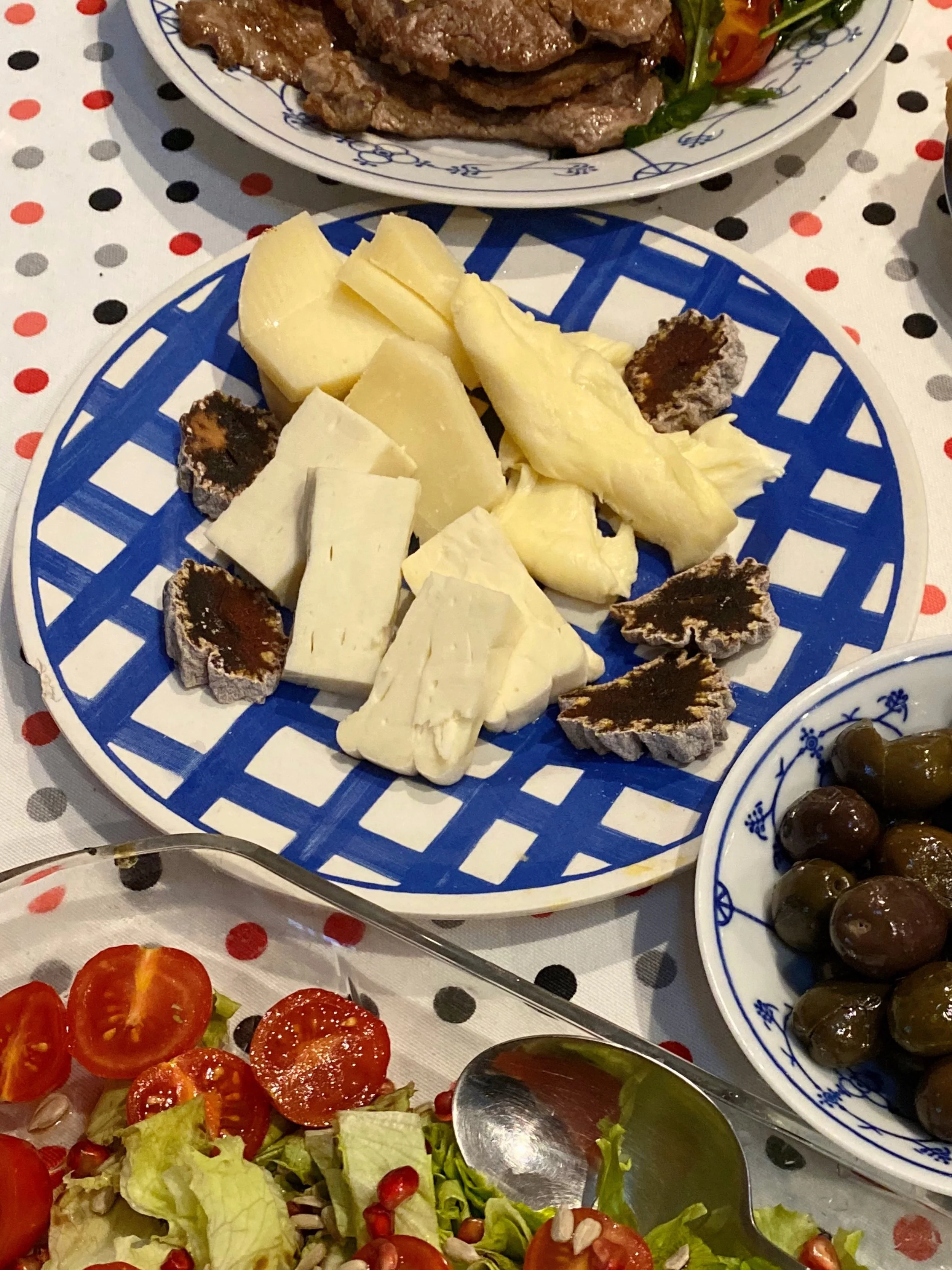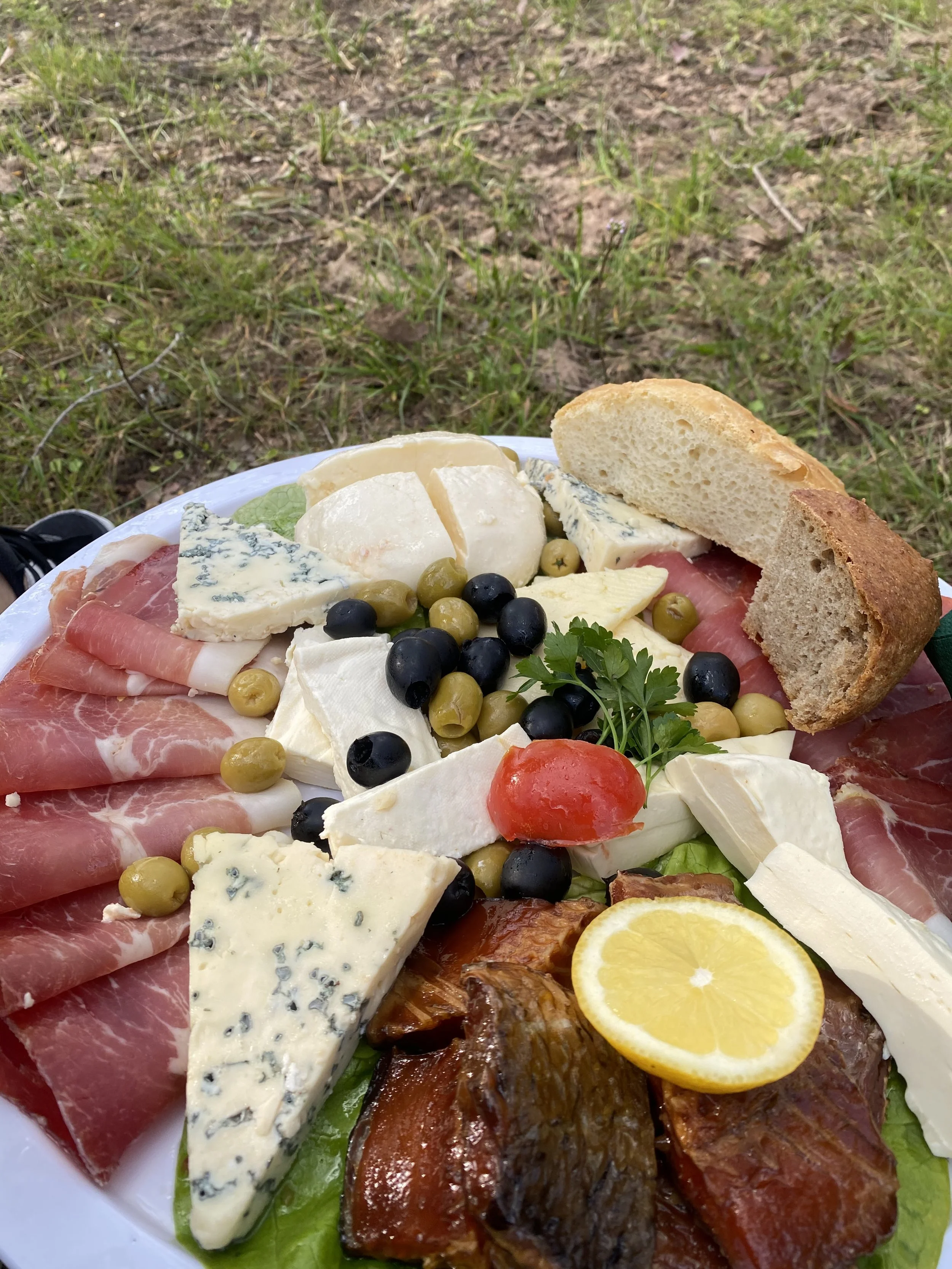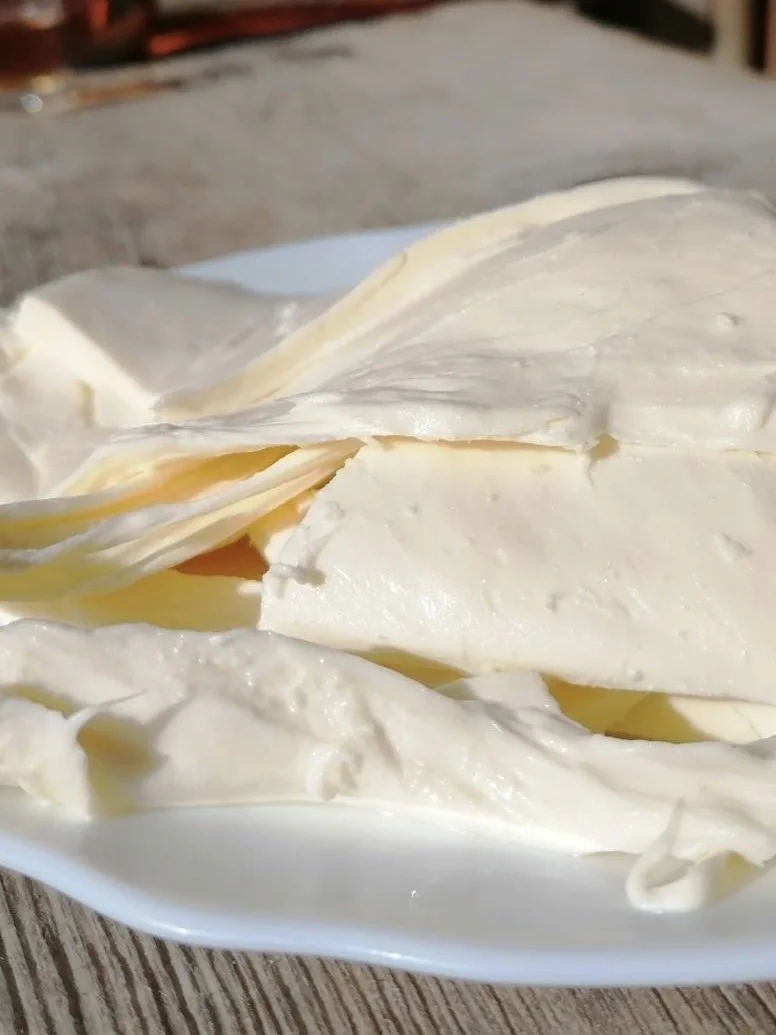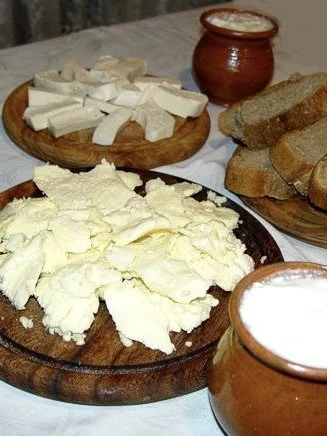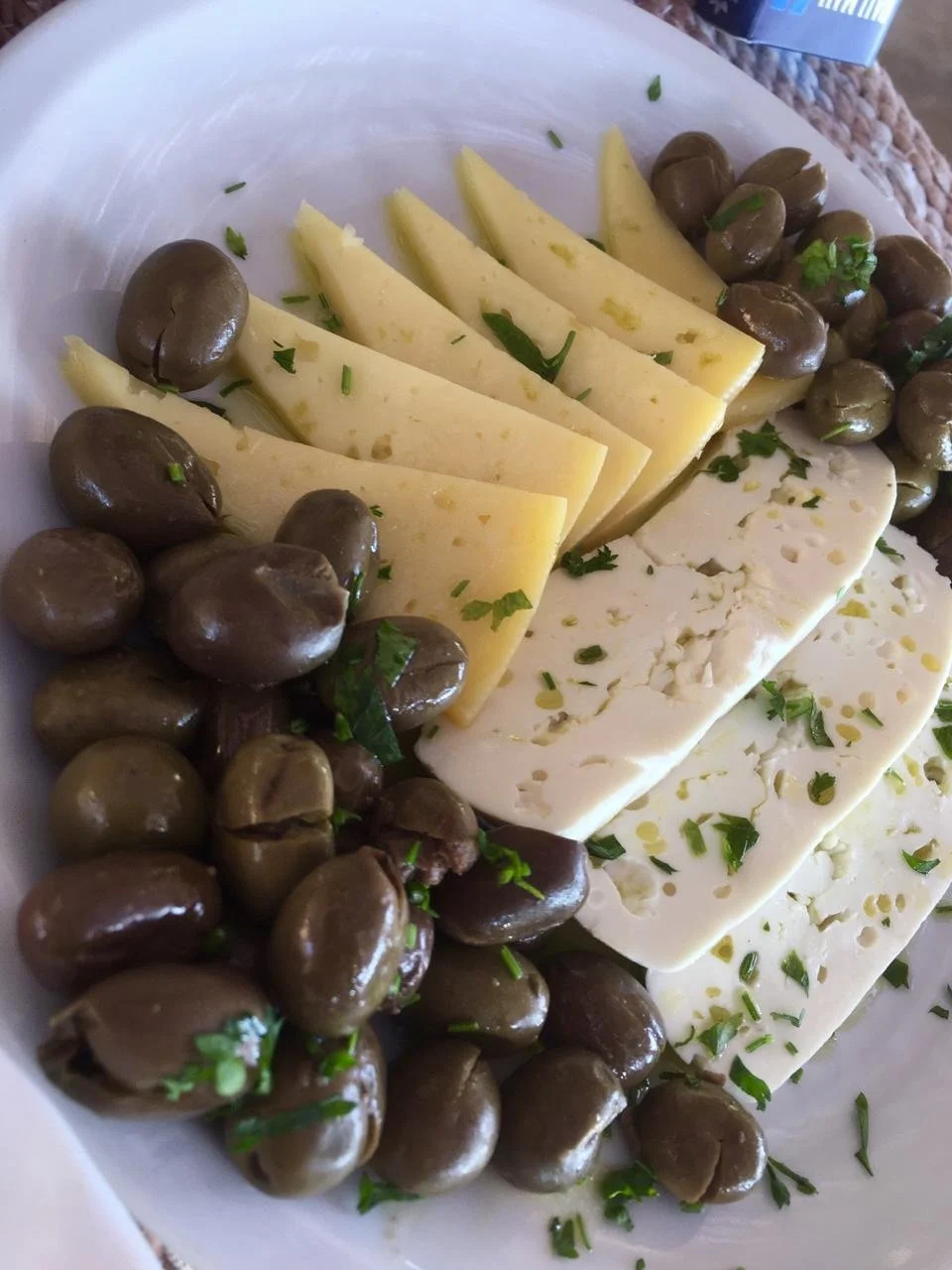3 Cheeses of Montenegro you have to try
Did you know that Montenegro is famous for the cheese production? While visiting different areas in Montenegro, the climate changes and so do the landscapes, and along come different types of cheeses. Cheeses can be served in breakfast, but also as the first course for lunch and dinner. Pljevaljski, Kolasinski, young, old, leafy, hard, in oil, seasoned with medicinal herbs, etc. there are many choices, but which are the most famous ones?
Here are the cheeses you should definitely try while visiting our beautiful country:
Njeguski cheese
Kolasinski cheese
Pljevaljski cheese
Rich and diverse world of Montenegrin cheeses
Montenegro, a small country located in the Balkans, is known for its stunning landscapes and rich cultural heritage. However, it is also home to a wide variety of delicious cheeses that have been produced for centuries by skilled artisans.
Montenegrin cheeses are made from the milk of cows, sheep, and goats that graze on the country's lush pastures.
The cheeses are known for their distinct flavors, textures, and aromas, which are influenced by the unique environmental and climatic conditions of each region. It is estimated that there are more then 50 cheese varieties in Montenegro.
Some of the most popular Montenegrin cheeses include the Pljevaljski, Kolasinski, and Njeguski cheese, Goat Cheese in oil, Kajmak, various young and old cheeses, which are all made using traditional techniques and aged for different periods of time.
1. Njeguski cheese
Montenegro is renowned for its diverse range of cheeses, including the flavorful Njeguški sir. Made specifically in Njegusi area, just underneath Lovcen and in a close proximity to the sea. It is made from rich, full-fat sheep's milk and the cheese undergoes a meticulous production process that involves draining the curd in cheesecloth and pressing it with a wooden plank topped with a stone. After one day, the cheese is salted and stored in a wooden box for two days before being left to mature for a minimum of four weeks.
Once the cheese is ready for consumption, it boasts a golden-yellow crust and a tangy flavor with a hint of saltiness.
It is also possible to try the young Njegusi cheese that is light yellow or even white colour.
Njeguški sir is a perfect representation of Montenegrin cheese-making traditions, and its unique taste is a testament to the region's natural landscape and environmental conditions.
2. Kolasinski cheese
Kolasinski cheese comes from North of Montenegro and is made in Municipality of kolasin, hence the name. The quality and specificity of Kolašin cheese is influenced by the characteristics of the geographical area where it is produced, the nature, richness of flora and climate, which have an undoubted influence on the quality of the milk from which the cheese is produced. It is an area surrounded by the Tara canyon in the north and Morača in the south, as well as the mountains of Bjelasica, Sinjajevina and Komovi, and on which Lake Biogradsko is located, as one of the last rainforests in Europe.
"Lisnati cheese" is one of the most distinctive varieties. This cheese is known for its soft, elastic, and smooth structure, which is complemented by a mild-sour odor and a porcelain white color. The cheese's name comes from the thin, paper-like slices that resemble leaves or foliage.
Despite its popularity, the original autochthonous "lisnati cheese" is becoming increasingly rare due to the high level of depopulation in rural areas of Montenegro. As a result, there are fewer producers of this cheese, making it a true gem of Montenegrin gastronomy.
If you are lucky enough to try the "lisnati cheese," you will experience a unique flavor and texture that is difficult to find elsewhere. Its delicate and velvety structure, coupled with its tangy yet subtle taste, makes it one of our favorite cheeses.
3. Pljevaljski cheese
Pljevaljski sir is an essential component of Montenegrin cuisine and is highly regarded for its distinct flavor and creamy texture. This white cheese is traditionally produced using raw cow's milk, and its unique aroma is a result of the maturation process that occurs in specially designed wooden barrels. The cheese is first sliced and salted, then placed in wooden barrels and immersed in brine.
To achieve its rich taste and texture, Pljevaljski sir must mature for at least 15 days. This cheese is so popular that the Pljevlja region even holds an annual event called "Dani Pljevaljskog Sira," where numerous producers showcase their cheeses to the public.
The popularity of Pljevaljski sir is a testament to the cheese-making traditions of Montenegro and the unique flavors that are derived from the region's natural resources. Whether enjoyed on its own or as a part of a delicious meal, Pljevaljski sir is a cheese you should try while in Montenegro.
Whether you are a cheese lover or simply interested in exploring the culinary delights of Montenegro, the country's cheeses are sure to impress. From creamy and mild to sharp and tangy, there is a cheese to suit every palate.
By booking our tours, you will discover the flavors and traditions of Montenegrin cheese, and experience the rich cultural heritage of our beautiful country.

